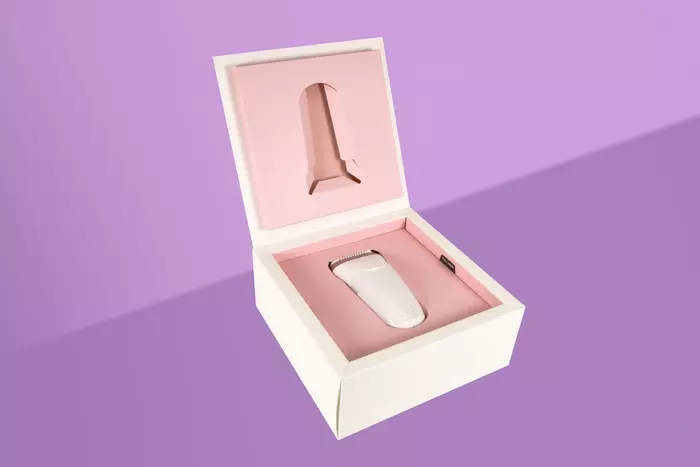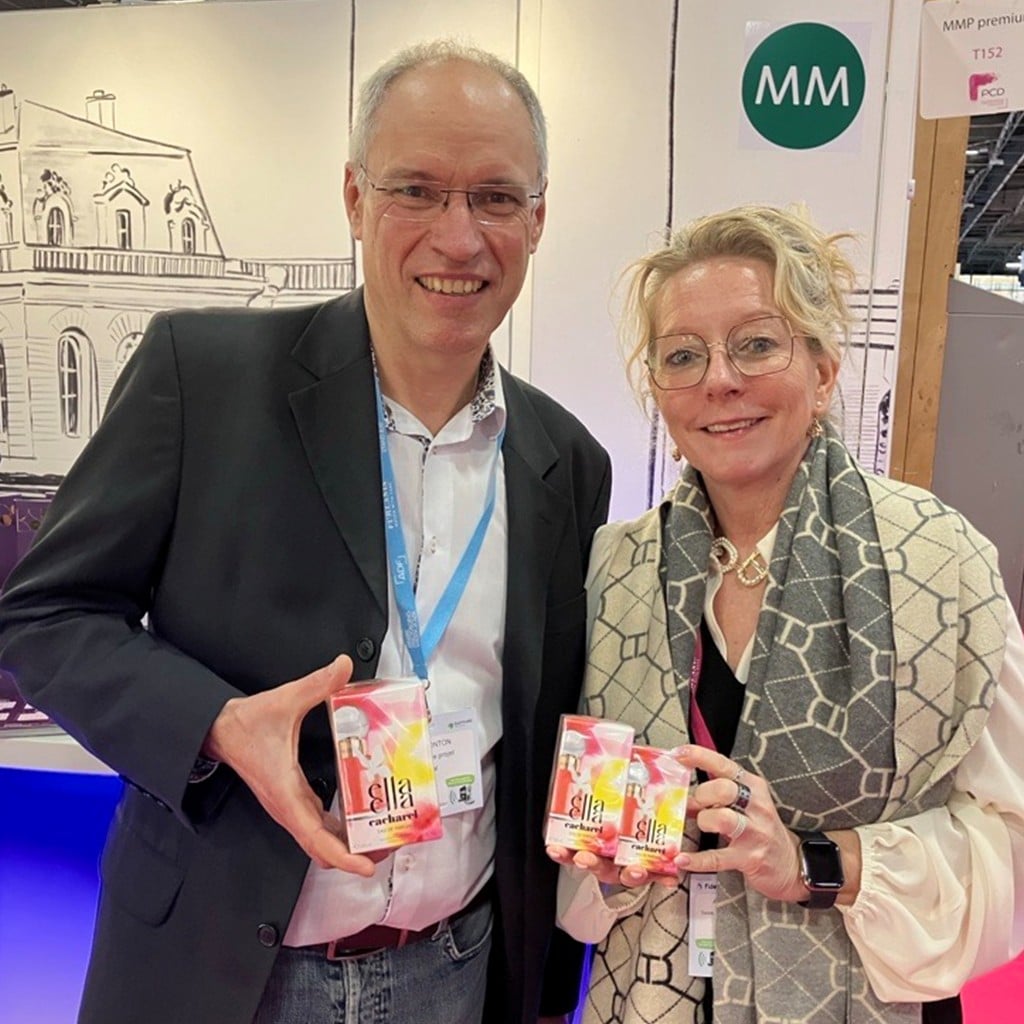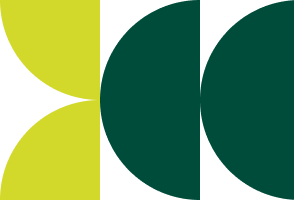Packaging is design with an extended repertoire
Carsten Busshoff is a packaging designer. Where he gets his inspiration from and what the packaging of the future must be able to do – he revealed all this and more in an interview.
Mr. Busshoff, how do you actually become a packaging designer?
Even as early as my childhood I liked to illustrate and build three-dimensional objects. Still, my personal career has been anything but straightforward. It was only when I was studying medicine and computer science that my creative passion was ignited again. To the great surprise of my parents, I decided to leave both subjects behind me and started to study communication design instead. I remember it very well, the curriculum read like something from my wish list! I finally came into contact with packaging design for the first time through an internship.
What was it in particular that fascinated you about it?
The character of the packaging design with its extended repertoire. The boundaries in packaging and communication design are fluid, and the design element adds a third dimension.
What do you have to be able to do as a packaging designer?
The most important thing is the ability to have versatile enthusiasm and to be able to quickly familiarize yourself with different topics. Because sometimes you have to deal with batteries, medicines and organic olives from Greece, all at the same time.
Today you’re Creative Director at Pacproject. What does a working day look like for you?
In any case, my working days are very varied. But a day never ends without a meeting with my project teams. Depending on whether we’re at the beginning of a project or already in the middle of it, it’s my job to make sure we reach the briefed design goal and don’t stray from the path until then. So besides being creative, it’s a very communicative job.
Where do you draw inspiration for designs?
It’s very individual. For me, the best inspiration comes when I’m in a state of absolute attention, like when I’m driving. But I always have to familiarize myself with a subject first and get an understanding of it. Over the years, you also develop archetypal knowledge, for example that colors trigger certain emotions. Red, for example, has a huge signaling effect and increases the attention of the viewer.
There are manufacturers who have been using the same packaging design for decades. Is that wise or do consumers always need new stimuli?
The successful continuity of a brand image is the strongest argument for only adapting brand icons very carefully over the years – ideally just enough so that the consumer doesn’t notice. Traditional brands are very emotionally charged, and a lot of people associate them with fond childhood memories. Customers find it really jarring if you change it too much.
Has the approach to packaging design changed over the past ten or twenty years?
Noticeably so, especially through social changes. The demand for fiber-based packaging solutions made of paper or cartonboard has risen exponentially. Sustainability has become a necessity that doesn’t stop at packaging. Consumers demand it, manufacturers have to react to it and want to communicate this non-verbally via the packaging. Our task as designers is to develop packaging that can be recognized as sustainable from a few meters away on the shelf.
To what extent does recyclability influence the design decision?
We always have this in mind during design development. The “Circularity by Design” guideline recently issued by the 4evergreen initiative serves as our guide. It lists in detail whether and how the colors, varnishes or insulating layers that are used are recyclable. This is an important argumentation tool with regard to our customers who, for example, then make a hot foil stamping smaller after all since the packaging can be recycled better that way. This advisory service on sustainability has now become an important part of our work.
What challenges in packaging design will the next few years bring?
A package should be as sustainable as possible, but at the same time not cost more and inspire the customer. This field of tension between economic and ecological interests is and remains the greatest challenge.





